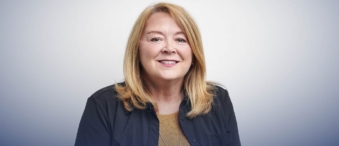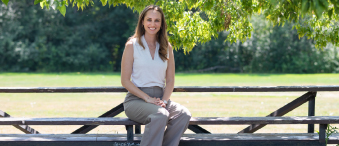Published: April 2023
Find out why he credits a “prehab” study for his quick recovery
In May 2021, Christopher Wanczycki’s oncologist gave him some unexpected bad news — there was a two-inch tumour in his rectum. Five weeks after his January 2022 cancer surgery, the 63-year-old was back on the cross-country ski trails. He credits his quick recovery to participating in a national “prehab” clinical trial led by researchers at The Ottawa Hospital.
“Without this program, I can’t imagine what my recovery would have been like,” he says. “I would highly recommend it for anyone in my shoes getting ready for surgery and for post-surgery recovery.”
Christopher underwent aggressive radiation and chemotherapy to shrink the stage 3B tumour in his rectum, and his oncologist recommended surgery to confirm all the cancer was gone.
“I was kind of beaten up at that point, and my oncologist had mentioned that it would take a couple of months for the effects of the chemotherapy to leave my system,” he remembers. “At a final chemotherapy infusion round, I was advised to bulk up, to just eat whatever I could to gain back the weight before my surgery.”
Christopher had lost 37 pounds during chemo and had little appetite. In addition, the swelling and numbness in his legs and feet from chemo made walking uncomfortable.
He took the time between the end of his chemotherapy in October 2021 and before his January 2022 surgery to try to gain some weight back, start some mild exercise, and return to his regular activities.

That’s when prehab kicked in. At the suggestion of his cancer coach, a person assigned through the hospital to help patients navigate their cancer journey, Christopher agreed to join one of the world’s largest prehab clinical trials in November 2021, led by Dr. Daniel McIsaac and his team.
What is prehab?
“Prehab is a bit like training for a race, but instead you’re training for surgery,” said Dr. McIsaac, a scientist and anesthesiologist at The Ottawa Hospital, and Chair in Innovative Perioperative Care at the University of Ottawa. “It’s structured, sustained exercise and nutrition over time that makes the muscles, heart, and lungs stronger. A lot of the exercises focus on strengthening the legs and abdominal muscles, which you need to get out of bed after surgery.”
“Prehab is a bit like training for a race, but instead you’re training for surgery.”
– Dr. Daniel McIsaac
Previous studies have shown that young, healthy people who did prehab before surgery recovered faster and had fewer complications.
“We know that the healthier someone is going into surgery, the sooner they will recover and get back to their daily activities,” said Dr. McIsaac.
However, most Canadians who need major surgery are 65 or older, and many more are weakened by health challenges. While this population has a lot to gain from prehab, it’s usually harder for them to complete the exercises.
Dr. McIsaac’s research program aims to make prehab more feasible for older people with health challenges, so they can reap the rewards of a faster recovery.
What does prehab look like?
When Christopher joined the prehab study in November 2021, research assistant Keely Barnes showed him exercises and stretches to do at home at least three times a week and gave him written and video instructions to follow. Most of the exercises could be done while sitting in a chair.

Keely also asked him to walk, bike, or swim for at least 20 minutes, three times a week and gave him a pedometer to track his distance.
Christopher loved skiing, biking, and other outdoor activities before his cancer diagnosis, so he didn’t mind all the exercise. In fact, he enjoyed the distraction.
“I discovered as a cancer patient, you need something to focus on daily, just to get your mind off things,” he says. “With this study, I decided to give myself a goal, something to focus on each day, and strive to increase the exercise repetitions each week.”
Keely called Christopher every week to see how many repetitions and steps he’d done. Not only was this good motivation to do the exercises, but she also checked to see if any of the exercises were causing him trouble. Together, they figured how to adapt them.
By mid-December 2021, Christopher started cross-country skiing again. All that exercise had also improved his appetite, which helped him gain back the weight he’d lost during chemo.
Research with patient experience at the core
“Patients have told us loud and clear that prehab research needs to be a priority,” said Dr. McIsaac. “They are eager to get back to their daily lives after they’ve had surgery, and prehab can help them do that.”
However, like with any exercise, you need to put in the work to get the benefits. And for older people living with pain and other health issues, putting in that work can be more difficult.
A pilot prehab study run by Dr. McIsaac’s team found that older patients with health issues who had at least 80% adherence to the prehab program could walk farther and had lower self-reported disability scores after surgery compared to those who did not participate. However, the average adherence was only 60%, not enough to see benefits.
“For a prehab program to be successful, we need to support and motivate participants and personalize the exercises to their needs.”
– Dr. Daniel McIsaac
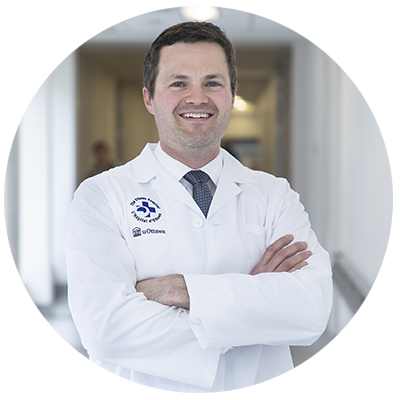
Based on these findings, the team added more personalized and tailored programming to their current national prehab trial at 11 sites across Canada. This trial recruits about 10 new patients a week, and so far, overall adherence has been much closer to 80%. The team aims to recruit 750 people by the end of 2023, with results published in the subsequent years.
“For a prehab program to be successful, we need to support and motivate participants and personalize the exercises to their needs,” said Dr. McIsaac. “Our research assistants call participants week after week, so they get to know them well and can help them through any challenges they’re facing.”
This year, the team plans to launch a smaller trial in Ontario to test a different way of delivering prehab through virtual group sessions. Unlike the national trial where patients are recruited by their surgical team, patients will be able to refer themselves to the trial.
“If we want to bring prehab into everyday clinical practice, we need a process that will work in the real world,” says Dr. McIsaac. “We think that virtual group sessions will probably be more feasible for healthcare providers than individual phone calls. But we won’t know if that model works for participants unless we test it.”
Patient partners share key insights
One of the team’s secret weapons is having patient partners on their side. Team members like Gurlie Kidd, a retired social worker who had surgery at The Ottawa Hospital in 2017, help make sure the research stays relevant to patients.
Gurlie’s input has helped the team better understand how and when to ask surgical patients about taking part in studies, to reduce the burden put on patients. She and other patient partners have also helped the team set priorities and adjust the study’s design, including sending regular updates to patients involved.
“As a member of this research team, I have felt heard,” says Gurlie. “There is a respect for patients and patient input that is kind of amazing. It legitimizes some of the things that we have gone through and acknowledges our expertise.”
“I can’t imagine what my recovery would have been like without it”
After two months of prehab, Christopher felt confident and ready when his surgery date arrived in January 2022. The colorectal surgery went well, and his surgeon removed some additional Stage 1 cancer that was growing near the tumour.
Christopher was amazed by how soon he could leave the hospital after surgery.
“A cancer diagnosis is never easy. The treatment phases are challenging, and I believe participating in this prehab clinical trial was an important part of my treatment plan.”
– Christopher Wanczycki
“My surgery was on a Monday. By Wednesday, I could sit in a chair to eat lunch. On Thursday, I had dressed myself, and was up at the nursing station trying to check myself out. By Friday, I was climbing the stairs at home. That would not have been possible without the prehab program.”
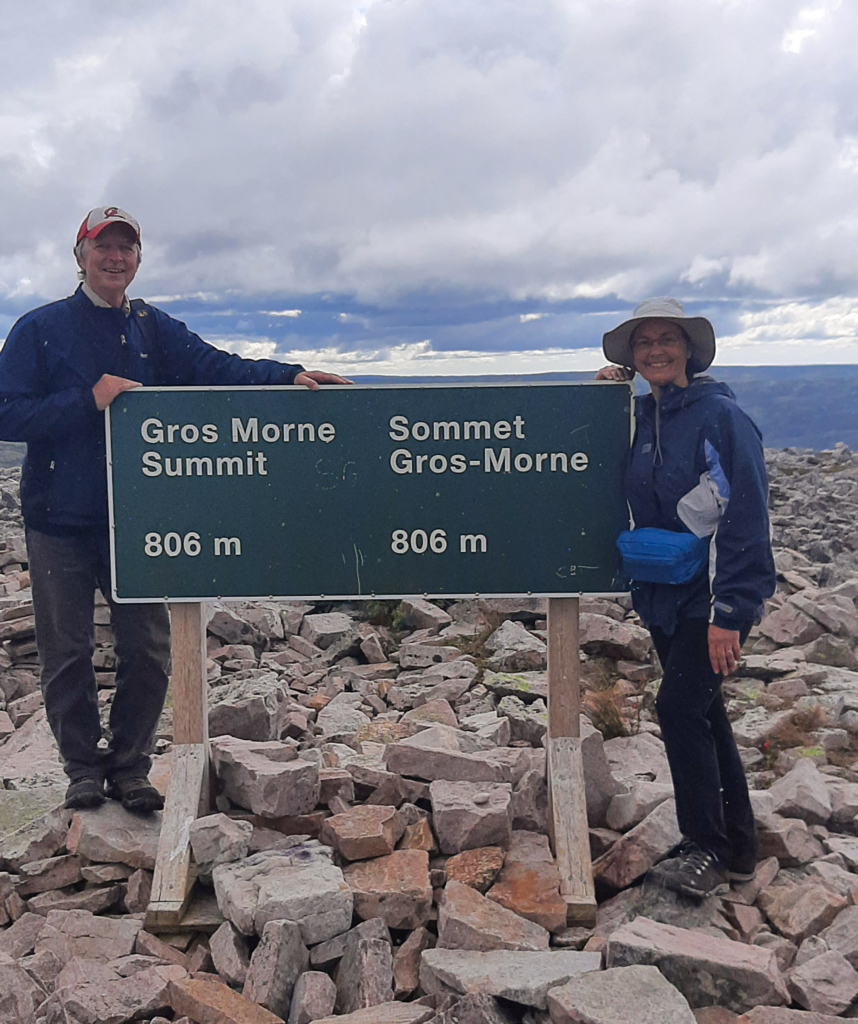
He continued to do prehab exercises for a month after his surgery. A week later — only five weeks after surgery — he was regularly back on his cross-country skis. In April 2022, he was finally declared cancer free.
In September 2022, Christopher hiked to the top of Gros Morne Mountain in Newfoundland with an ileostomy bag, just eight months after his surgery.
He’s grateful to be able to be back to all those activities he loves and credits the prehab study for his quick recovery.
“I’m 100% certain that it does make a difference physically, but also psychologically, to give someone goals, something to work towards. Also, cancer is so hard on your family, on your wife and kids. With this exercise program, my wife could see my progress, and that I was getting better.”
In December 2022, Christopher underwent a successful ileostomy reversal operation. He has since resumed downhill and cross-country skiing.
“A cancer diagnosis is never easy,” he says, “The treatment phases are challenging, and I believe participating in this prehab clinical trial was an important part of my treatment plan.”

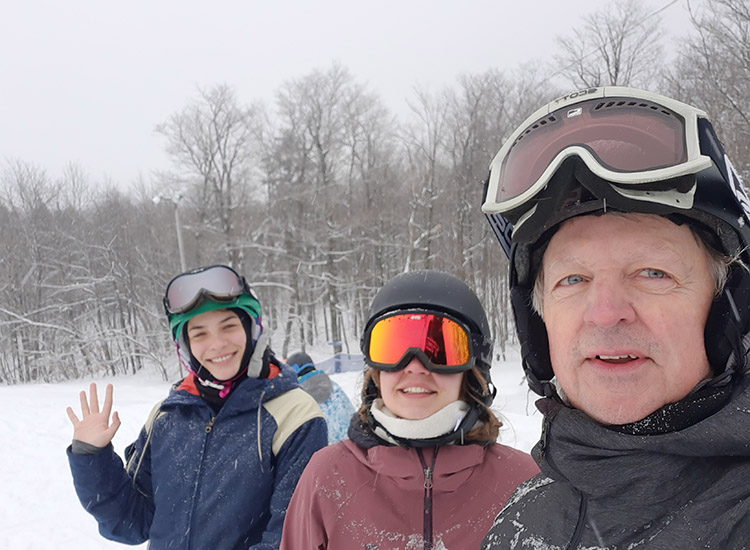
All research at The Ottawa Hospital depends on infrastructure and support services funded by generous donors to The Ottawa Hospital Foundation. Dr. McIsaac’s research is also funded by the Canadian Institutes of Health Research, the PSI Foundation, the International Anesthesia Research Society, and the Canadian Frailty Network and enabled by the Ottawa Methods Centre and the Office for Patient Engagement in Research Activities.


